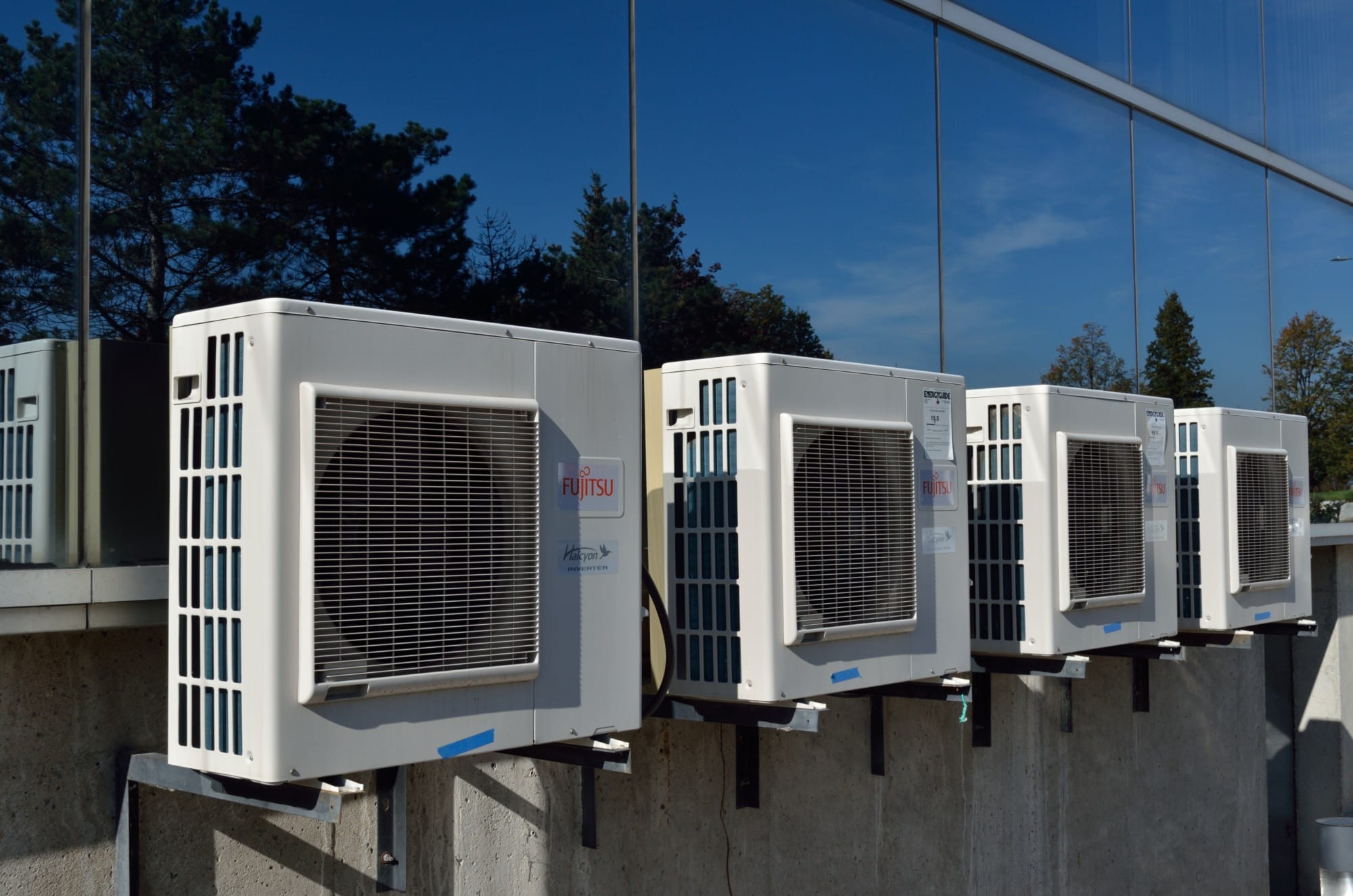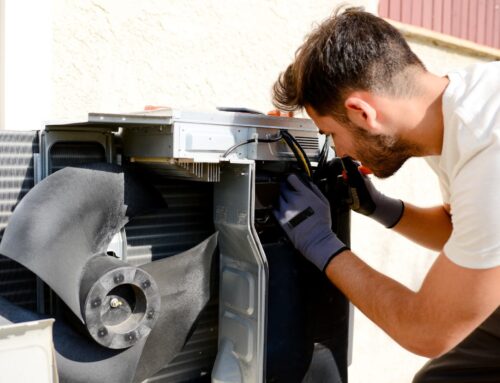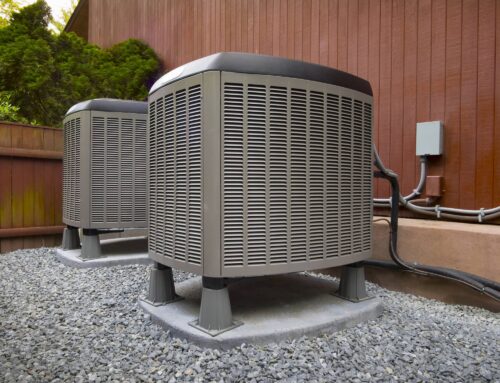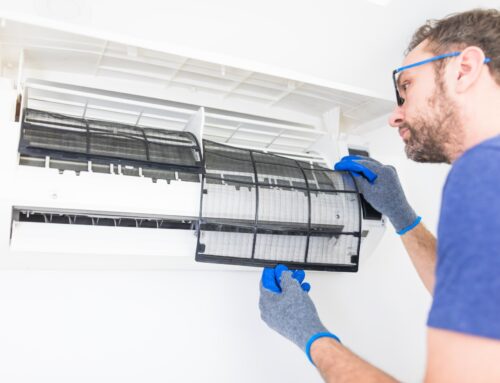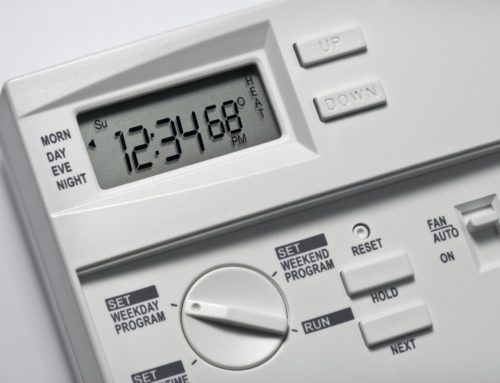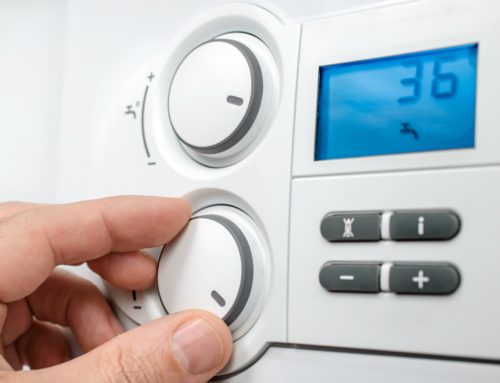Virtually every home and commercial building in the state of Tennessee relies on heating and cooling. The heating, ventilation and air conditioning (HVAC) industry is enormous nationwide.
By 2022, the industry is forecasted to grow to $155.1 billion. Each year, the industry posts 6 percent growth. This explains how the industry was valued at nearly $91 billion just 6 years ago.
Read on to learn about the key catalysts and trends in the HVAC industry. Explore a comprehensive overview that covers topics such as job opportunities and more.
Job Market
The HVAC job market is ripe for solid pay and opportunity. Over a 10-year period ending in 2026, the number of HVAC mechanics and installers is expected to rise by 15 percent. This is a much faster rate than the rest of the United States.
The number of mechanics and installers currently sits at 332,900. However, it will rise by nearly 50,000 jobs over the next 7 years.
In fact, the demand for HVAC workers is so strong that a significant shortfall is expected in the coming years. Industry experts foresee a 158,000 shortfall in the number of HVAC workers required.
One of the benefits of the HVAC job market is that it is largely recession-proof. During periods of construction decline, the number of HVAC installers declines as well.
However, many people push older HVAC units longer due to cash limitations. This increases the number of HVAC mechanics and repairmen required.
Green Energy Trends
One reason why the HVAC industry is taking off is the proliferation of green energy. Federal, state and local governments alike are passing regulations to mandate energy efficiency.
These regulations include HVAC standards for commercial and residential construction. For example, some states require a 90 percent efficiency rating for newly installed HVAC units.
In addition, federal and state governments are offering tax incentives for purchasing energy efficient HVAC units. This means that consumers can get a new unit subsidized by the government.
New Technology
There are a number of new technological enhancements that are changing the industry. Many businesses and homeowners are interested in automated control systems.
Automated systems shut off the HVAC unit when no one is home or it is not necessary. This allows consumers to save money on utility bills.
New technology is helping HVAC units to be more efficient. One such example is the variable refrigerant flow (VRF). This technology allows for variable temperatures in different zones of the house.
Another popular breakthrough is radiant heating systems. These systems circulate warm fluid through cross-linked pipes. The end result is melting ice and snow on sidewalks, parking lots, and more.
A Recap of the HVAC Industry Trends
The HVAC market is booming. There is a strong demand for new technology and job opportunities.
There will always be a need for temperature control. More good news is that government entities are mandating changes to HVAC system characteristics. This is leading to technological enhancements to increase efficiency and reduce energy use.
If you are interested in learning more about HVAC industry trends, please contact us to schedule an appointment.

